
Choosing to use peat-free compost is now widely regarded as the way forward for gardening. Generations of gardeners have used peat to raise seeds and grow plants because of the reliable way it holds and releases water and nutrients.
But peat extraction damages rare ecosystems and releases carbon dioxide into the atmosphere, which is one of the main causes of climate change. For gardeners intent on a sustainable and eco-friendly garden, we are searching for alternatives, while horticultural brands are investing time and money in creating peat-free products.
Good quality, sustainable peat-free composts are now available to suit every stage of plant growth, from seed-growing and potting-on composts, to container potting soil, ericaceous compost and multipurpose compost for mature plants. I have gardened with peat free compost for many years. With so much on the market it can be hard to know what to choose, so I've curated a list of the best types and brands of peat-free compost you can buy to help you make the right choice for your plants, and explain how to get the best results when using them.
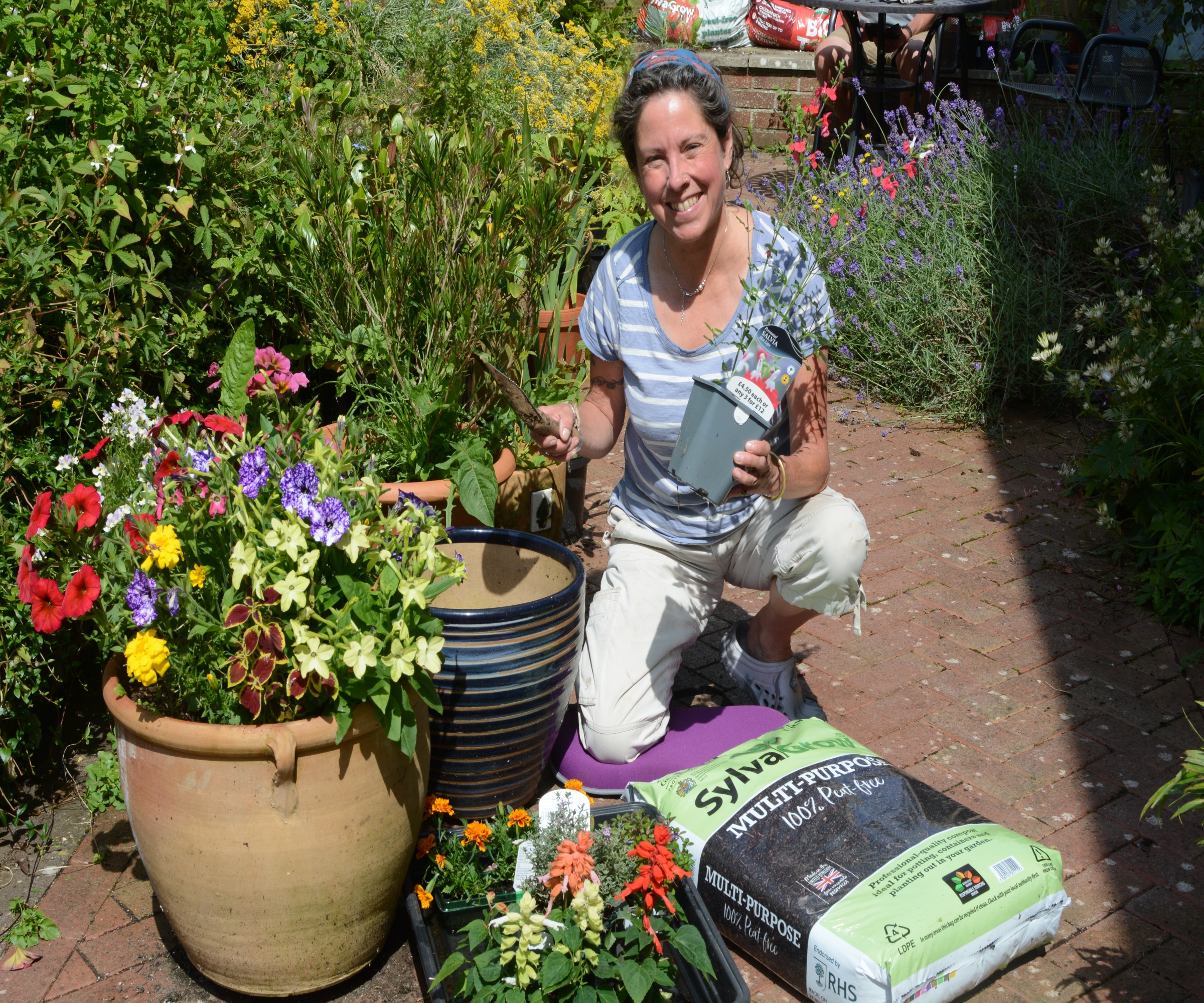
Peat-free compost choices
I have gardened without peat for years, using peat alternatives for growing flowers, peat-free compost for seed-sowing, vegetable growing and planting summer containers and colorful winter hanging baskets.
Because the soil in our yard is extremely alkaline, I use ericaceous peat-free compost for growing acid-loving plants such as showy azaleas and juicy blueberries in pots.
The main ingredients of peat-free compost
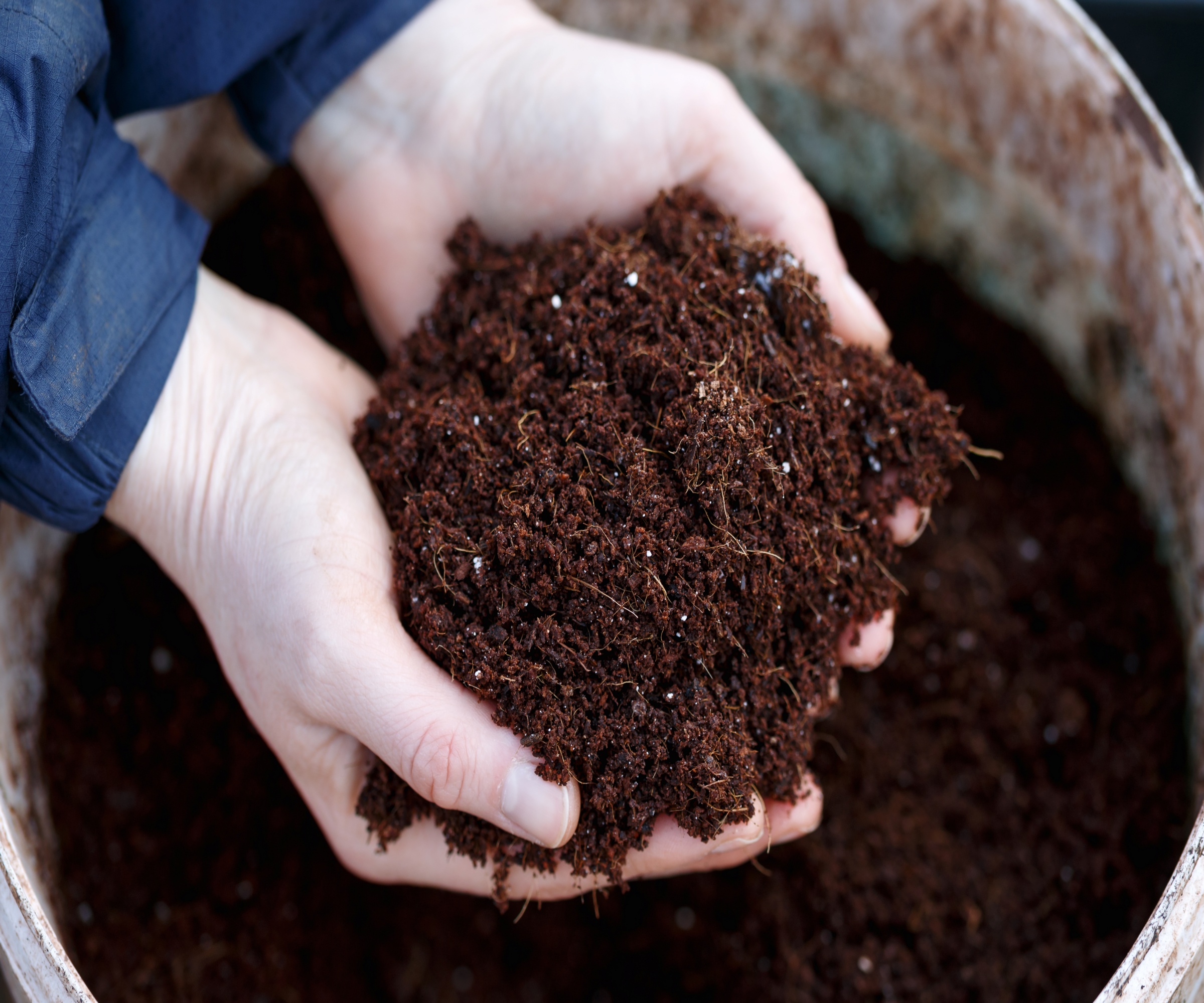
Peat-free compost is made from a variety of organic materials, often with added loam (a mix of sand, silt and clay) and fertilizer. The most common ingredients include:
- Coir made from coconut husks. This is excellent for moisture retention and is lightweight, making it easy to lift and use.
- Wood fiber is a byproduct of the timber industry. It helps improve soil aeration and drainage. Compost with a high percentage of wood fibre is good for gardens with heavy, clay soil that is prone to collecting surface water that needs removing.
- Composted garden waste includes recycled garden and food waste, such as grass clipping and vegetable peelings, shredded wood and bark and fallen leaves. Green waste compost is rich in a wide range of nutrients.
- Sheep wool compost contains high levels of nitrogen and has the same water retaining properties as peat. Plants grown in wool-based potting soil tend to need less feeding and watering.
- Worm castings (vermicompost) that appear on the surface of the soil make excellent compost, either as an ingredient or a stand-alone product. A mix of ingested soil and mucus, they are light, nutrient-rich and contain beneficial soil microbes.
Peat-free compost brands to chose from
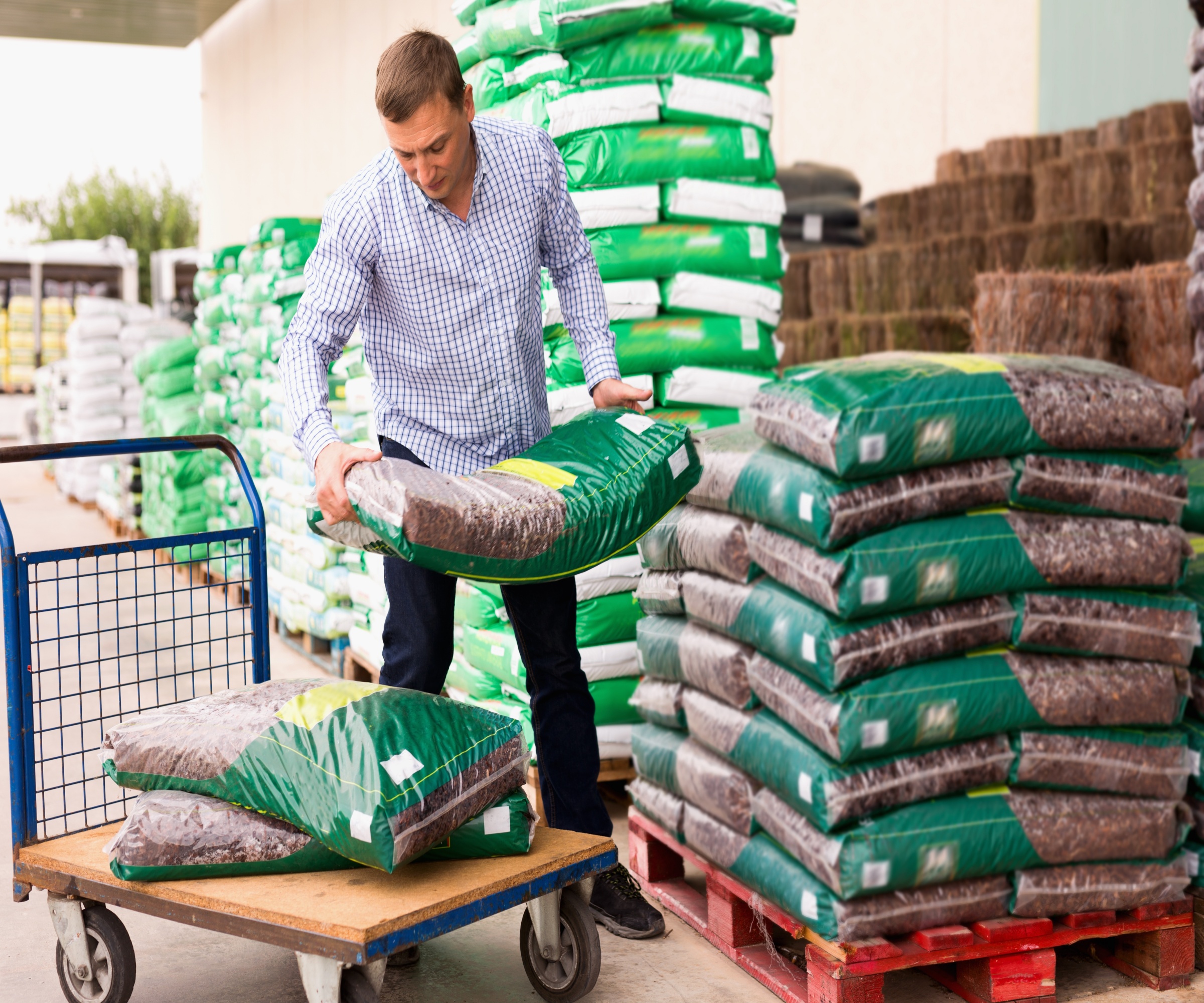
Depending on what you are growing, and their stage of growth, plants require a complex range of nutrients.
The main ones taken up by the roots are nitrogen, phosphorus and potassium, followed by magnesium, calcium and sulphur, and good-quality peat-free composts will contain a balanced mix of these.
Here are some recommended peat-free compost brands available in the US:
- R&M Organics: This family-owned brand offers organic compost made from cow manure. It's nutrient-rich and great for moisture retention and improving the soil. R&M Organics Premium Organic Compost is available at Amazon.
- Wakefield Biochar: Sustainability, improving soil health and environmental responsibility are the driving forces of this family firm that uses FSC-certified wood scraps to make a natural soil booster. Wakefield Biochar can be bought at Walmart.
- Charlie’s Compost: Kentucky-based Charlie's makes fertilizer and soil improver rich in beneficial microbes using a range of organic materials, including chicken manure. Charlie's Concentrated Vegan Compost is available at Amazon.
- Wiggle Worm Soil Builder: Pure worm castings are used in the products to create a rich compost that’s recommended for a wide range of plants. Because the worms have already 'processed' the compost it is easier for the plants to benefit from the nutrients it contains. Wiggle Worm Soil Builder is available from Amazon.
- Seed compost: When germinating seeds, the potting soil needs to be light and airy so water and oxygen can move freely, and also not too strong as too many nutrients will damage developing roots, stunting growth or even killing seedlings. A coconut coir blend like this Burpee Organic Coconut Coir Concentrated Seed Starting Mix at Amazon will give your plants a good start and can also be used for rooting cuttings.
- Ericaceous compost: If you are growing acid-loving plants such as rhododendrons, azaleas and blueberries in containers, they need an ericaceous compost to provide them with essential minerals and nutrients for sustained growth. This Coast of Maine Organic & Natural Planting Soil for Acid Loving Plants at Amazon contains everything your acid lovers need for healthy growth.
Working with peat-free compost
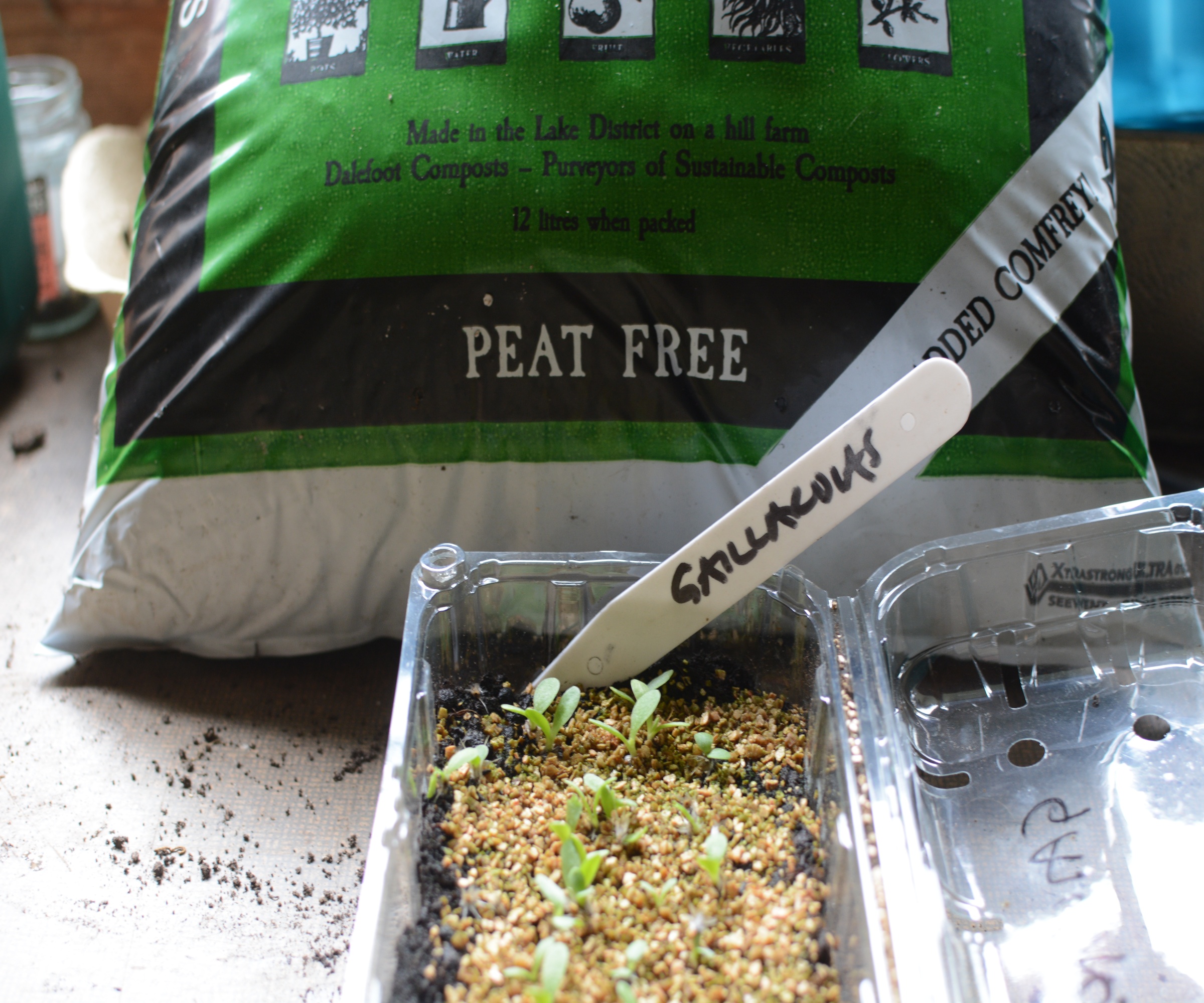
Over the decades I’ve been gardening, I have seen a massive improvement in the range and quality of peat-free composts.
However, there are still a few things you need to remember when gardening without peat.
Although good quality peat-free looks almost identical to peat compost, it will behave slightly differently. Always read and follow the instructions on the packaging, especially regarding watering and fertilizing after planting.
One of the most frequent comments I’ve heard from gardeners is that peat-free compost soon dries out, so they add more water only for their plants to die from waterlogging.
This occurs because peat-free compost in containers can look dry on the surface, but retains the water further down. If you are not sure whether your plants need more water, stick a finger in the compost down to the first knuckle and if it feels dry, add water, but if you detect moisture, wait a couple of days and try again.
Peat-free composts for flowering plants
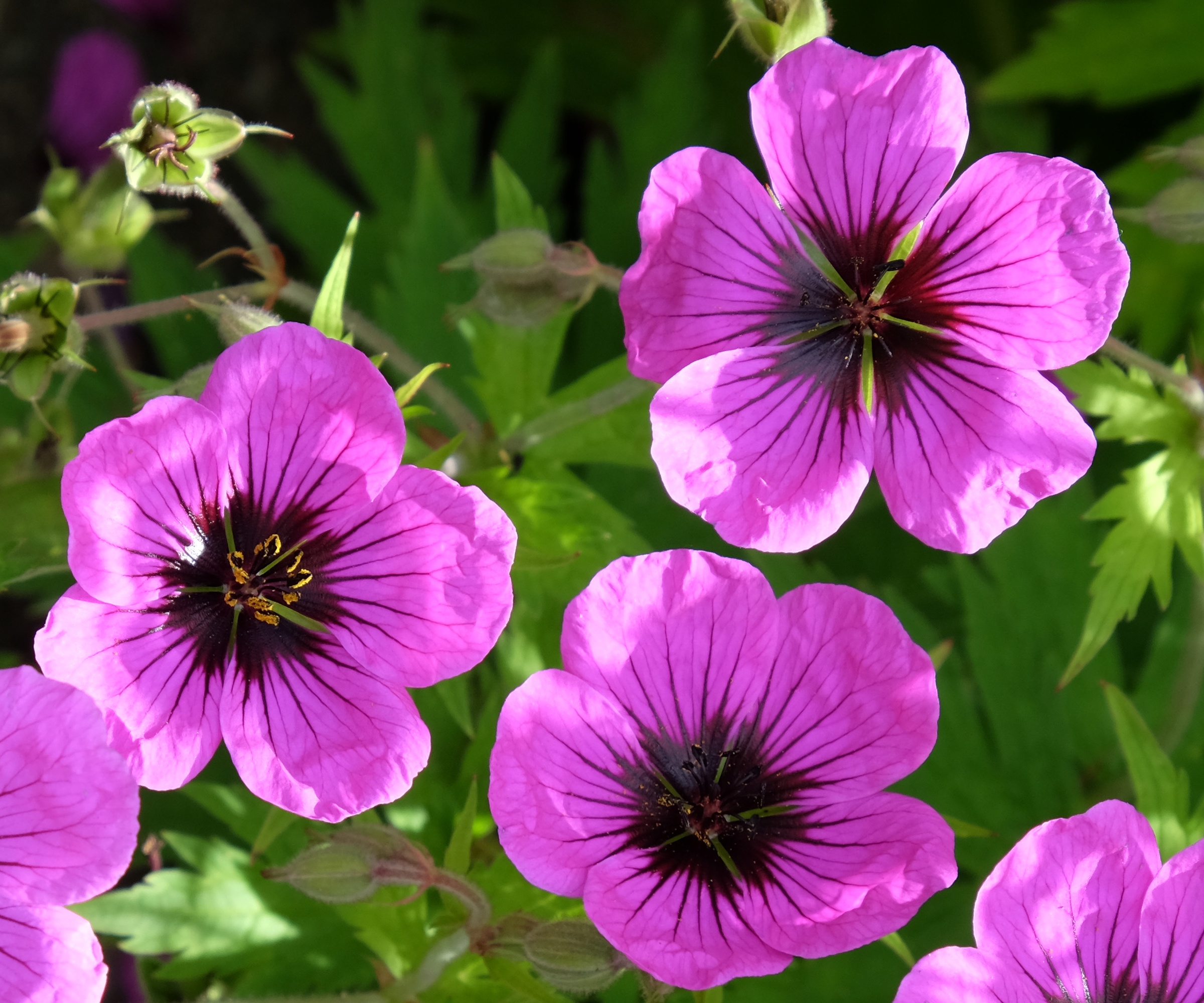
Flowering plants will thrive in a range of peat-free composts, though different ingredients may suit different species.
Coir-based composts are good for flowers that need consistent moisture, such as petunias and begonias, whereas plants that like good drainage such as lavender and hardy geraniums will thrive in wood fibre composts.
Sheep wool derivatives have high levels of nitrogen, making them ideal for leafy plants such as hostas and hydrangeas.
Compost made from green waste, and this includes homemade compost, contains a wide spectrum of nutrients and can be used for all plants, though you may need to add some grit or vermiculite to improve its drainage if using it as potting soil.
Peat-free composts for fruit and vegetables
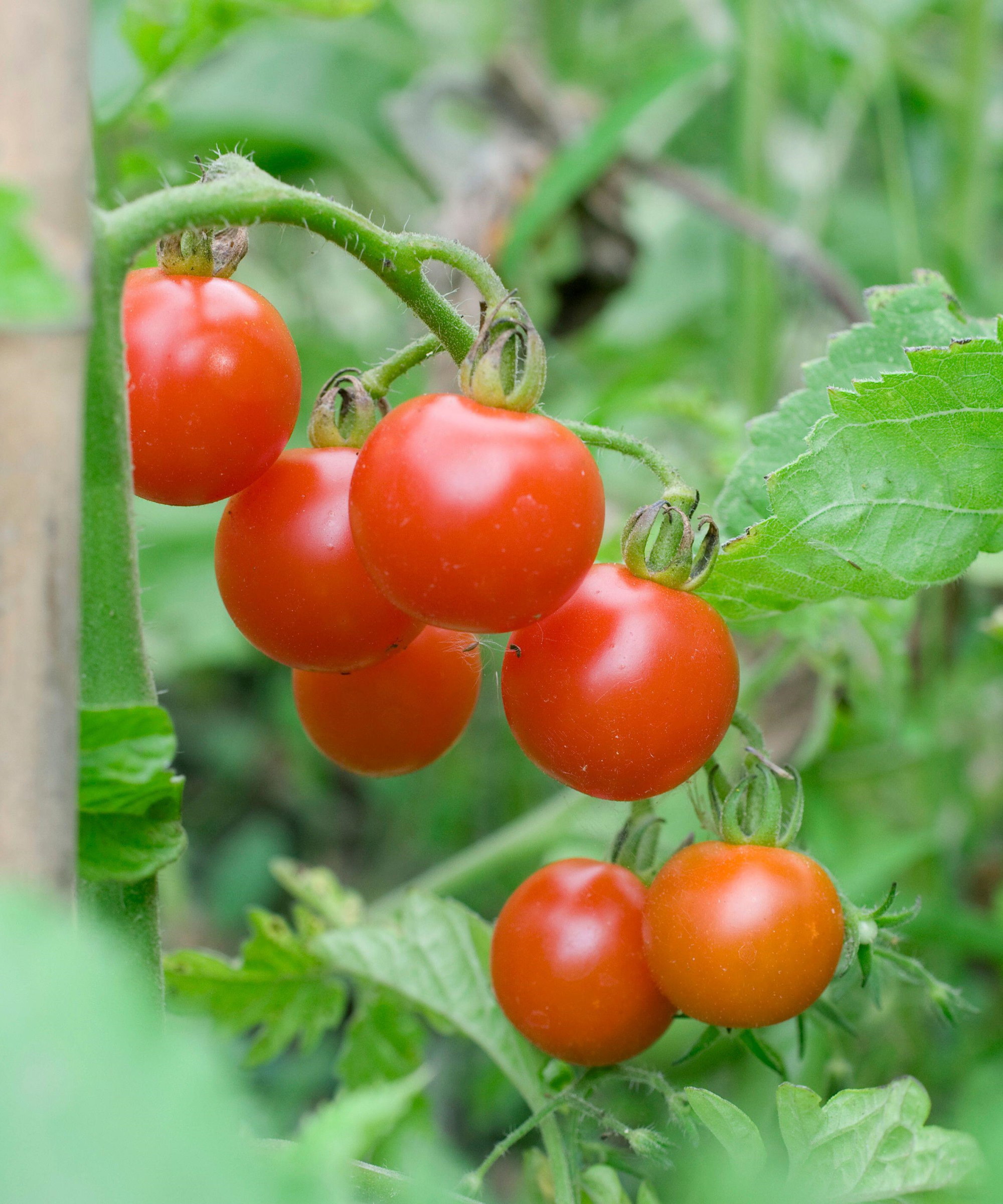
We grow our vegetables in raised beds, grow bags and containers of peat-free compost.
Edibles that require consistent moisture such as celery, arugula and cabbage will do well in coir-based peat-free potting soil.
Wool compost is rich in nitrogen, making it good for growing brassicas. It is also good for grow bags and containers because it retains moisture, reducing the frequency of watering.
Wood fibre products help improve drainage which makes them ideal for growing roots such as carrots and parsnips.
FAQs
What is peat?
Peat is decomposed plant material that has accumulated in layers over thousands of years to create valuable habitats for a range of rare and endangered plants and animals.
Most peatlands are found in the Northern Hemisphere, although they can be found in Southeast Asia and South America.
Peatlands are also incredibly important in the battle against climate change because they act as carbon sinks, capturing carbon which is one of the main causes of global warming.
Are there any down-sides to peat-free composts?
Because brands are still researching and learning about peat-free potting soil the results for gardeners can vary, as can the ingredients and textures. However, they are improving all the time.
If you use homemade compost made from garden prunings, lawn clippings and removed weeds, there is the potential for weeds to grow if your pile hasn’t become hot enough to kill off seeds.
I have had this problem in our yard, so I have learned to hoe off the baby weeds as soon as I spot them and leave them to rot down on the soil as a green manure.
As long as you avoid the most common composting mistakes, homemade compost will take a few months to break down into perfect plant food and soil improver, though there are several ingredients that must not be added to the compost bin.
Although the pro-peat lobby is still vocal, an increasing number of gardeners are moving towards peat-free gardening.
It is a learning experience and once you have got to grips with the key things to know, it is easy to garden sustainably without using peat. The knowledge that by doing so you are also helping to save the planet is also a reward to make you glow.







